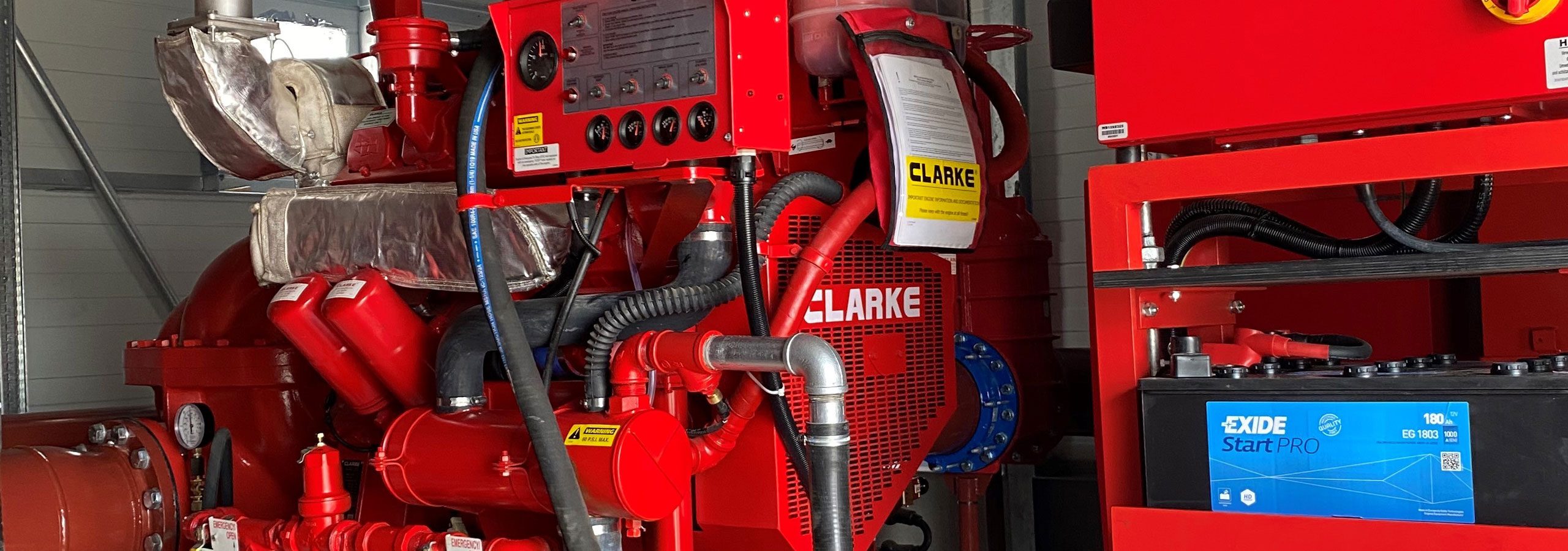Proper cooling system maintenance is essential to ensure the reliability of diesel fire pump engines.
This service bulletin addresses the specific cooling system maintenance requirements and informs on the causes and cures for certain cooling system component failures
Coolant – The coolant specification for all fire pump drivers is a 50/50 ethylene or propylene glycol/water mix that meets ASTM D6210. Refer to the Operation and Maintenance Instructions Manual for the coolant and water quality specifications and the filling procedures.
This specification contains the additional coolant additives necessary for the preservation and performance of the cooling system components.
The correct coolant provides the following:
- Heat transfer
- Corrosion resistance
- Resistance to cavitation
- Resistance to scale and sludge build-up
- Freeze and boil over protection
Heat exchanger or radiator fill cap – The cooling system is designed to operate under pressure at all times. This is accomplished by the coolant fill cap that will retain 7 to 15 psi (depending on the engine model) in the cooling system when the engine is running. If it becomes necessary to replace the pressure cap, always replace the cap with the original equipment.
Water pump and thermostat – The engine water pump can either be internally direct driven by the engine gear train or externally by drive belt(s). If the pump is belt driven be aware of the belt and pulley condition and the correct belt tension. The thermostat is designed to maintain coolant temperature within an operating range (varies dependant on the engine model). Only original equipment should be used as a replacement.
Anytime an engine experiences a high coolant temperature alarm condition the primary cause of the overheat must be determined and the cause corrected to prevent a recurring overheat event. Additionally, if an event of a restricted flow, collapsed hose, insufficient coolant level or failed pressure cap is experienced, further investigation of the cooling system is required.
1) The coolant should be drained (after de-energizing the coolant heater).
2) Replace the engine thermostat(s).
3) Remove the engine water pump and inspect the impeller and seal for damage, replace as necessary, reassemble and refill coolant according to the Installation and Operations Instructions Manual.
4) Run engine to verify normal operating temperature.
Please contact us with any questions or enquiries for all fire pump related issues.

